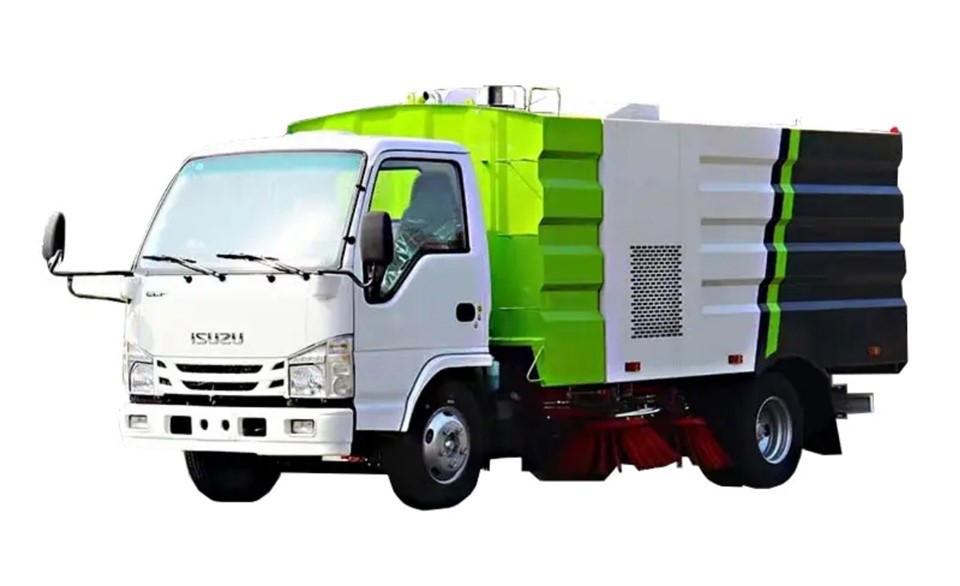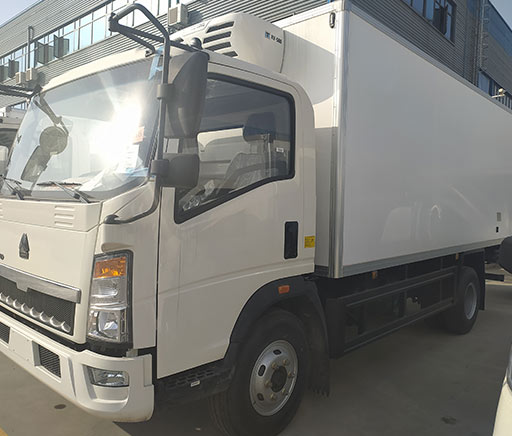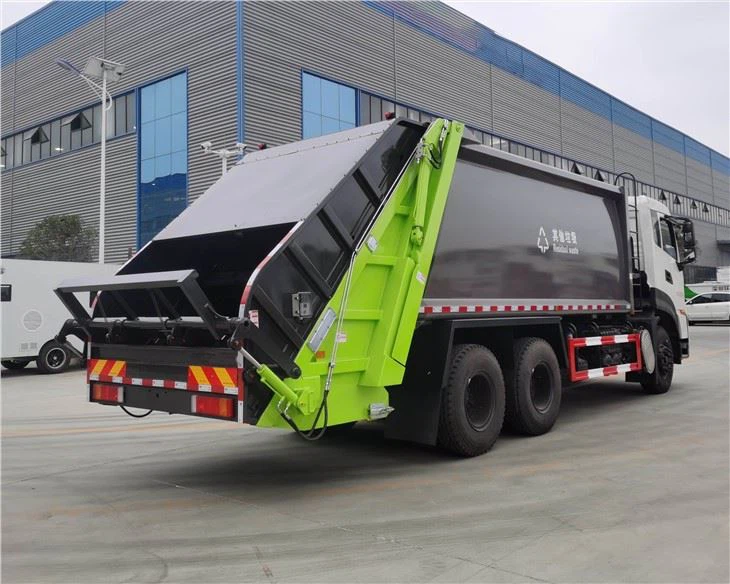Motorhome Sizes: A Comprehensive Guide to Finding Your Perfect Fit

Choosing the right motorhome size is essential for a comfortable and enjoyable travel experience. With various options available, understanding the dimensions and layouts of motorhomes can make a significant difference in your journey. This guide will provide detailed insights into motorhome sizes, helping you select the best fit for your needs.
Understanding Motorhome Classifications
Class A Motorhomes
Class A motorhomes are the largest of the three main classes. These are typically built on a bus chassis, offering ample living space and luxurious amenities. Here are some key characteristics:
- Length: Typically between 26 to 45 feet.
- Width: Usually around 8.5 feet.
- Height: Often 12.5 feet tall or more.
Class A motorhomes are perfect for families or those who plan to spend a lot of time on the road, as they often feature multiple sleeping areas and spacious living quarters.

Class B Motorhomes

Class B motorhomes, often referred to as camper vans, are smaller and more compact. These motorhomes are built on a standard van chassis, providing a more maneuverable option for travelers.
- Length: Usually between 17 to 24 feet.
- Width: Approximately 6 to 7 feet.
- Height: Generally between 8 to 10 feet.
Class B is ideal for couples or solo travelers who desire ease of driving and parking without sacrificing comfort.
Class C Motorhomes
Class C motorhomes fall in between Class A and Class B in terms of size and amenities. They are easily identified by the over-cab bed area.
- Length: Typically ranges from 20 to 33 feet.
- Width: About 8.5 feet.
- Height: Ranges from 10 to 12.5 feet.
Class C motorhomes are a popular choice for families, as they offer a good balance of space, comfort, and drivability.
Factors to Consider When Choosing Motorhome Sizes
Travel Style
Your travel style significantly impacts the size of motorhome you should choose. Consider whether you prefer longer stays with family or short trips with friends.
Number of Occupants
Take into account how many people will regularly travel with you. A larger group might necessitate a Class A motorhome for ample sleeping spaces, while couples might find a Class B sufficient.
Storage Needs
Evaluate how much storage you will require for personal belongings, outdoor gear, and supplies. Larger motorhomes often come with more storage solutions.
Driving Preferences
Consider your comfort level with driving larger vehicles. If you prefer to easily maneuver through tight spaces or city traffic, a Class B motorhome may be your best option.
Seasonal Travel
If you plan on using your motorhome in various climates or seasons, consider the insulation and heating features. Larger motorhomes may offer more options in this regard.
Common Motorhome Dimensions
Dimensions Table
| Motorhome Class | Length (Feet) | Width (Feet) | Height (Feet) |
|---|---|---|---|
| Class A | 26-45 | 8.5 | 12.5+ |
| Class B | 17-24 | 6-7 | 8-10 |
| Class C | 20-33 | 8.5 | 10-12.5 |
Popular Motorhome Models by Size
Class A Examples
- Winnebago Forza: Ranges from 34 to 38 feet; offers luxurious features and sleeping for 4-6.
- Fleetwood Bounder: Between 34 and 36 feet; provides versatility and comfort with multiple floor plans.
Class B Examples
- Roadtrek Zion: Measures 20 feet; features a versatile layout for small extra space.
- Promaster City: With a length of about 21 feet; ideal for city use and weekend trips.
Class C Examples
- Thor Four Winds: Ranges from 22 to 32 feet; allows for comfortable family travel with multiple sleeping areas.
- Winnebago Minnie Winnie: Offers sizes from 22 to 30 feet; perfect for small families and couples.
Practical Tips for Choosing Motorhome Sizes
1. Test Drive Before You Buy
Always test drive various classes to see which feels comfortable and easy to handle. This will help you determine your preferences when it comes to size.
2. Consider Accessibility

If you plan on traveling to national parks or tight RV campgrounds, check for size restrictions that may limit your motorhome choice.
3. Assess Fuel Efficiency
Remember that larger motorhomes will generally consume more fuel. Choose a size that fits your budget not only in purchase but also in ongoing fuel costs.
4. Look for Flexibility in Layouts
Many manufacturers offer flexible layouts, allowing you to choose the arrangement that best suits your family’s needs. Make sure to explore various configurations when shopping.
5. Evaluate Comfort Features
High-end features like larger bathrooms, full kitchens, and multiple slide-outs add to the comfort of your motorhome. Explore options that provide improvements to your travel experience.
Motorhome Weight Ratings
Understanding GVWR and CCC
It’s essential to understand terms such as Gross Vehicle Weight Rating (GVWR) and Cargo Carrying Capacity (CCC) when selecting your motorhome. The GVWR is the maximum weight a vehicle can safely carry, including passengers, cargo, and fluids.
CCC is the difference between the GVWR and the motorhome’s actual weight. A proper understanding of these measurements ensures safety and legality while traveling.
Weight Table
| Motorhome Class | Typical GVWR ( lbs ) | CCC ( lbs ) |
|---|---|---|
| Class A | 20,000 – 30,000 | 3,000 – 7,000 |
| Class B | 6,000 – 11,000 | 1,000 – 2,000 |
| Class C | 10,000 – 20,000 | 1,500 – 4,500 |
Frequently Asked Questions (FAQs)
1. What is the best motorhome size for families?
The best motorhome size for families is typically a Class A or Class C, as they provide ample space and multiple sleeping areas to accommodate everyone comfortably.
2. Can a Class B motorhome fit in a regular parking spot?
Yes, most Class B motorhomes are designed to fit within standard parking spaces, making them more convenient for urban travel.
3. What motorhome sizes can be driven with a regular driver’s license?
Most motorhomes under 26,000 pounds can be driven with a standard driver’s license. Always check your local regulations for specific requirements.
4. How do I know if a motorhome is too large for my needs?
If you are struggling to drive, park, or maneuver the vehicle comfortably, it may be too large. Consider a smaller model for ease of use.
5. Are larger motorhomes more expensive to maintain?
Yes, larger motorhomes often have higher maintenance and fuel costs. Consider your budget for ongoing expenses when choosing your size.
6. Can I modify the layout of a motorhome?
Many motorhomes can have their interiors modified to suit personal preferences, although substantial changes should be completed by professionals to ensure safety and compliance with regulations.
